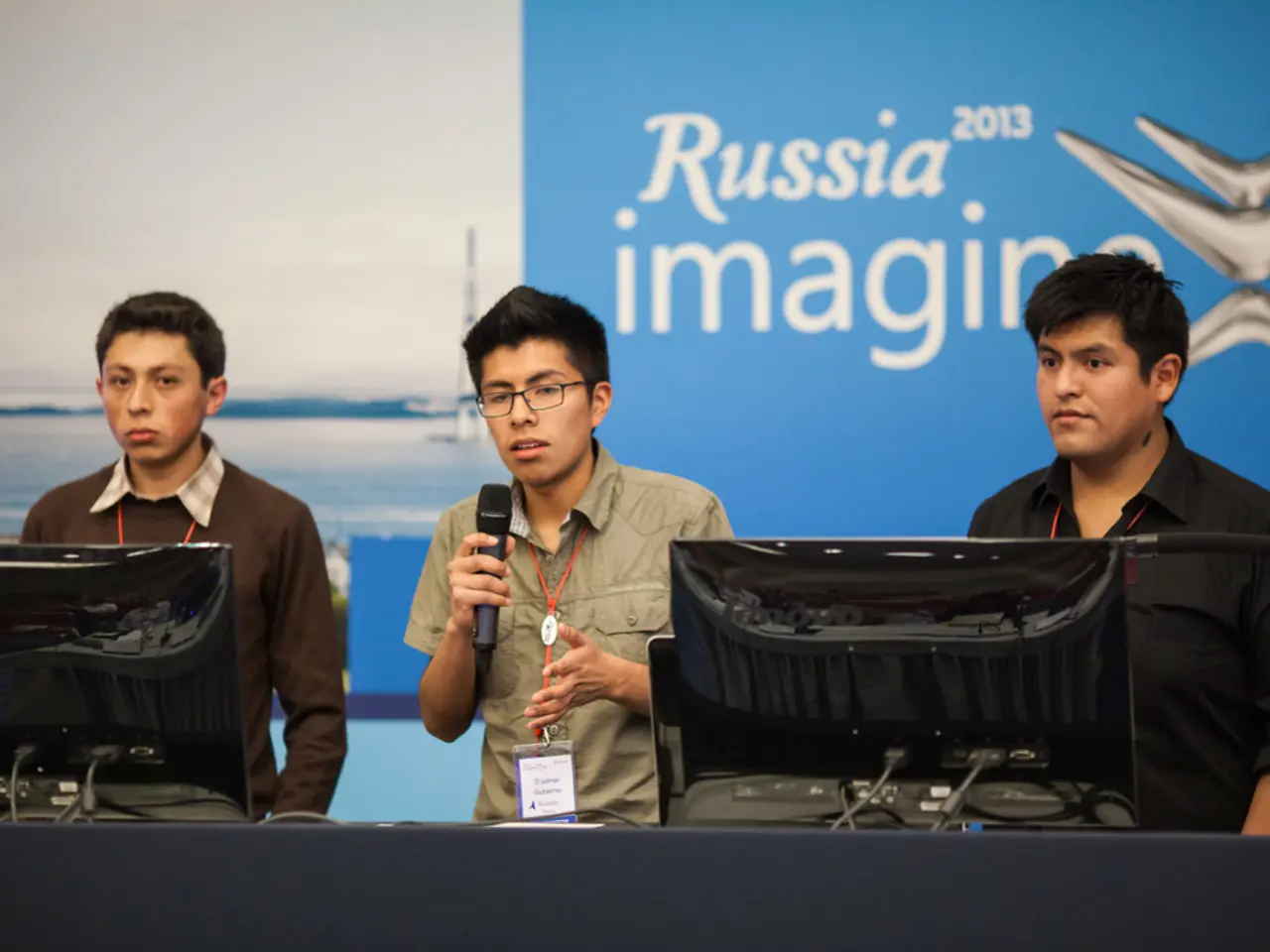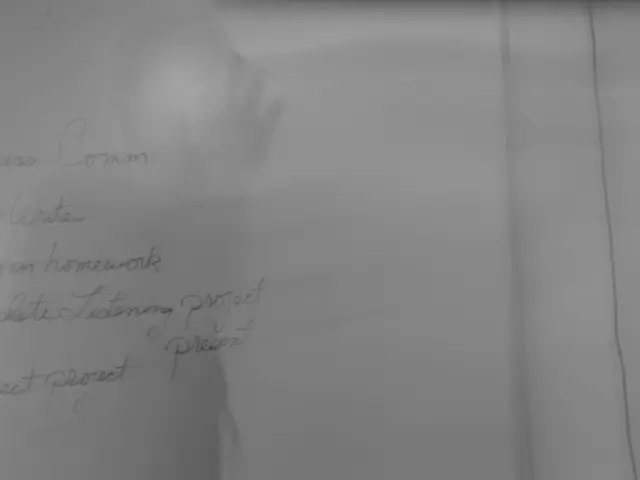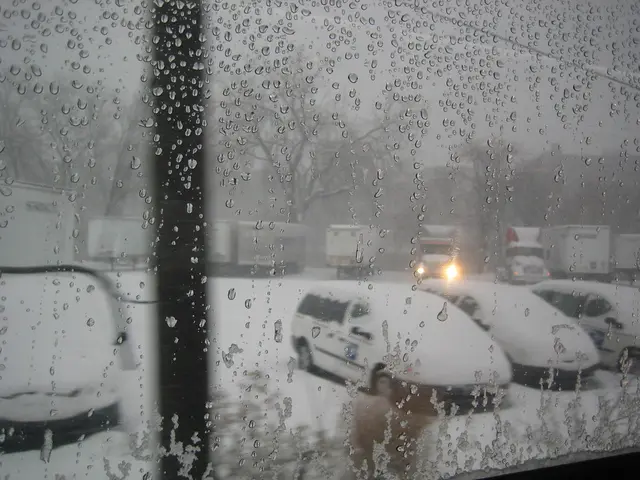Europe's historical expert, Françoise Thom, asserts that Europeans hold a powerful position against Vladimir Putin, yet fail to comprehend their own strength.
Russia's approach to expansion, particularly in Ukraine, is a methodical one, often referred to as the "salami tactic". This strategy involves dividing larger objectives into manageable slices or demands, each seemingly reasonable on its own but cumulatively undermining the victim's sovereignty and security.
The tactic was on display during a meeting between Vladimir Putin and Steve Witkoff, a special envoy of the American president, on August 6. Putin proposed a potential ceasefire in exchange for a symbolic piece of territory in the Sumy region. In return, the Ukrainians would be required to evacuate the fortified lines they control in the Donetsk region, a proposal that some view as a demand rather than a negotiation.
This proposal demonstrates Russia's incremental expansion strategy, as it involves acquiring a slice of territory while giving up a larger area. Once a slice is acquired, Russia moves on to the next, demonstrating a pattern of incremental expansion.
The salami tactic is not new to Russian expansion. Scholars note that this method mirrors similar tactics used by other powers internationally. By blurring the line between peace and war, this strategy complicates international response and creates confusion about the nature and scale of aggression.
Russia's tactic includes involving unwitting or deliberate accomplices abroad to weaken unified Western responses. The so-called "lure" or political deals with foreign powers are designed to divide their opposition and buy Russia time and leverage.
The Russian economy, however, is experiencing an accelerated pace of sinking, which may limit its ability to sustain such expansionist strategies. Despite this, Russia excels in manipulation and subversion due to the Western ignorance of Russian methods of power projection.
This strategy seeks to advance Russian territorial and strategic goals under the guise of negotiation while exploiting divisions and hesitations among Western states to avoid unified opposition. The proposal made by Putin to Witkoff is a topic of discussion among Russian propagandists, who view it as a sign of Russia's strong influence.
The proposal is a reminder of Russia's long memory, which recalls that most of its territorial expansions were achieved with the aid of foreign powers. From Poland to the Caucasian states and parts of Eastern Europe, Russia has used the complicity of foreign powers for the reconquest of various states.
In summary, Russia’s use of the salami tactic in Ukraine serves to gradually undermine Ukraine’s sovereignty and Western influence through small, piecemeal actions and demands. This strategy seeks to advance Russian territorial and strategic goals under the guise of negotiation while exploiting divisions and hesitations among Western states to avoid unified opposition.
[1] Carnegie Endowment for International Peace. (2015). Russia's New Art of War: Hybrid Conflict and the Contemporary Security Environment. [2] European Union Institute for Security Studies. (2015). Russia's Strategy in Ukraine: A View from Brussels. [3] International Institute for Strategic Studies. (2015). Russia's New Way of War: Implications for NATO and the West. [4] Council on Foreign Relations. (2014). Russia's Annexation of Crimea: A Turning Point in U.S.-Russia Relations. [5] NATO. (2015). NATO-Russia Relations: Challenges and Opportunities.
- The discussion surrounding Putin's proposal to Witkoff highlights the ongoing debates within policy-and-legislation and politics about Russia's approach to expansion in Ukraine, particularly their use of the 'salami tactic' in war-and-conflicts.
- The 'salami tactic' employed by Russia in Ukraine, as seen in the proposal made to Witkoff, demonstrates a pattern of politics that aims to advance territorial and strategic goals under the guise of negotiation, thereby undermining the victim's sovereignty and security, a topic of general-news.






